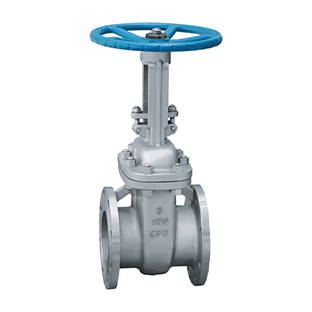Understanding 2 Inch Pipe Flange Specifications and Applications for Efficient Plumbing Solutions
Understanding 2-Inch Pipe Flanges A Comprehensive Guide
When it comes to piping systems, the importance of fittings cannot be overstated. Among these fittings, pipe flanges play a crucial role in creating secure and leak-proof joints. In this article, we will delve into the specifics of 2-inch pipe flanges, exploring their types, material choices, applications, and installation techniques.
What is a Pipe Flange?
A pipe flange is a mechanical component used to connect two sections of piping or to connect a pipe to a device, such as a valve, pump, or other equipment. Flanges provide a reliable means for joining pipes, offering ease of assembly and disassembly, which is particularly valuable in maintenance and repair scenarios.
Types of 2-Inch Pipe Flanges
There are various types of flanges available on the market, catering to different applications and requirements. For 2-inch pipe flanges, the most common types include
1. Weld Neck Flange This type features a long, tapered neck that allows for welding to the pipe. This design provides a smooth transition between the pipe and the flange, reducing turbulence and making it suitable for high-pressure applications.
2. Slip-On Flange As the name suggests, this flange slips over the pipe and is then welded in place. This type is easier to align and install, making it a popular choice in lower-pressure systems.
3. Blind Flange Designed to seal the end of a pipe, a blind flange is used when a pipeline segment needs to be closed off. This type of flange does not have a bore, offering a robust seal against leaks.
4. Socket Weld Flange Similar to the slip-on type, a socket weld flange is made to accommodate the end of the pipe inserted into a socket and then welded. This design is often employed in high-pressure applications.
5. Threaded Flange This flange type features internal threads and can be screwed onto a pipe with corresponding external threads. This makes it a suitable option for applications where welding is not feasible.
Material Choices
The material of the flange is critical in determining its durability and corrosion resistance. Common materials for 2-inch pipe flanges include
- Carbon Steel Widely used due to its strength and cost-effectiveness, carbon steel flanges are suitable for many general-purpose applications.
- Stainless Steel Known for its resistance to corrosion and high temperatures, stainless steel is preferred in industries such as food processing, pharmaceuticals, and chemical production.
- Plastic For certain applications, especially in chemical industries, plastic flanges may be employed to handle corrosive substances without risk of degradation.
2 inch pipe flange

- Alloy Steel and Specialty Alloys For high-stress applications, particularly in oil and gas, aerospace, or power generation sectors, flanges made from alloy steel or specialty alloys like Inconel or Monel are utilized.
Applications of 2-Inch Pipe Flanges
2-inch pipe flanges find application across various industries, including
- Water Supply and Wastewater Treatment Flanges are used to connect pipes in municipal and industrial water systems, ensuring the safe transport of liquids.
- Oil and Gas In the oil and gas sector, flanges are critical for connecting pipes in exploration and drilling operations.
- Chemical Processing Flanges are utilized in the safe handling of various chemicals, ensuring that joints remain leak-proof.
- HVAC Systems In heating, ventilation, and air conditioning applications, flanges are key components in ductwork and piping systems.
Installation Considerations
Installing 2-inch pipe flanges requires careful attention to ensure a secure and leak-free connection. Here are some tips
- Surface Preparation Ensure that the surfaces of the flange and pipe are clean and free from debris or corrosion before installation.
- Bolt Selection Use suitable bolts that are compatible with the flange material and the operating conditions to ensure the integrity of the joint.
- Torque Specifications Follow manufacturer torque specifications while tightening bolts to secure a proper seal.
- Flange Gaskets Utilize appropriate gaskets to fill any gaps and ensure a watertight seal, especially in high-pressure systems.
Conclusion
In summary, 2-inch pipe flanges are integral components in piping systems across various industries. Understanding their types, materials, applications, and proper installation techniques can significantly enhance the efficiency and safety of piping networks. As industries continue to evolve, so too will the technology and methods used in flange design and application, making continuous education in this area invaluable for professionals in the field.
-
3 types of check valves maintenance tipsNewsAug.23,2025
-
Ball valves types with trunnion mounted designNewsAug.23,2025
-
Butterfly valve company production capabilitiesNewsAug.23,2025
-
Fisher globe valve technical specificationsNewsAug.23,2025
-
Types of gaskets for flanges selection guideNewsAug.23,2025
-
Wedge gate valve suppliers quality standardsNewsAug.23,2025
-
Breakthrough in Domestic Low Temperature Valve Technology in ChinaNewsAug.18,2025




